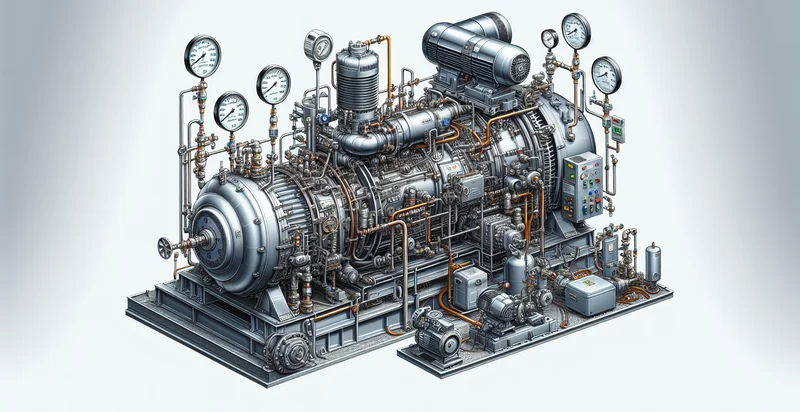Identify cooling fan conditions
using AI
Below is a free classifier to identify cooling fan conditions. Just upload your image, and our AI will predict the optimal operating conditions for cooling fans - in just seconds.

Contact us for API access
Or, use Nyckel to build highly-accurate custom classifiers in just minutes. No PhD required.
Get started
import nyckel
credentials = nyckel.Credentials("YOUR_CLIENT_ID", "YOUR_CLIENT_SECRET")
nyckel.invoke("cooling-fan-conditions", "your_image_url", credentials)
fetch('https://www.nyckel.com/v1/functions/cooling-fan-conditions/invoke', {
method: 'POST',
headers: {
'Authorization': 'Bearer ' + 'YOUR_BEARER_TOKEN',
'Content-Type': 'application/json',
},
body: JSON.stringify(
{"data": "your_image_url"}
)
})
.then(response => response.json())
.then(data => console.log(data));
curl -X POST \
-H "Content-Type: application/json" \
-H "Authorization: Bearer YOUR_BEARER_TOKEN" \
-d '{"data": "your_image_url"}' \
https://www.nyckel.com/v1/functions/cooling-fan-conditions/invoke
How this classifier works
To start, upload your image. Our AI tool will then predict the optimal operating conditions for cooling fans.
This pretrained image model uses a Nyckel-created dataset and has 18 labels, including Abnormal Noise, Aging, Constantly Running, Damaged, Excellent Condition, Fair Condition, Good Condition, Intermittent Operation, New and Non-Functional.
We'll also show a confidence score (the higher the number, the more confident the AI model is around the optimal operating conditions for cooling fans).
Whether you're just curious or building cooling fan conditions detection into your application, we hope our classifier proves helpful.
Related Classifiers
Need to identify cooling fan conditions at scale?
Get API or Zapier access to this classifier for free. It's perfect for:
- Preventative Maintenance: By integrating the cooling fan conditions identifier, businesses can predict when a fan is likely to fail based on abnormal image classifications. This can lead to timely interventions and reduced downtime, ensuring that systems remain operational and efficient.
- Quality Control in Manufacturing: In a manufacturing environment, the false image classification function can be utilized to automatically inspect cooling fans on the production line. It can identify defects or deviations from standard conditions, improving product quality and reducing the chances of faulty products reaching customers.
- Energy Efficiency Optimization: Utilizing the cooling fan conditions identifier can help organizations monitor and adjust fan operations based on real-time conditions. By classifying false images of fan states, companies can optimize energy usage, reducing operational costs while enhancing environmental sustainability.
- Smart Home Devices: The function can be embedded in smart home cooling systems to monitor the effectiveness of fans. By accurately classifying images, the system can automatically make adjustments or alert users about potential issues, leading to improved indoor climate control and energy savings.
- Remote Equipment Monitoring: For industries relying on cooling fans in remote machinery, this identifier can provide a way to monitor conditions without physical checks. Remote diagnostics via image classification can help in identifying issues early, ensuring prompt maintenance and reducing travel costs for technicians.
- Research and Development: In R&D settings, this function can assist in experimenting with new cooling fan designs by evaluating their performance through false image classification. Researchers can gather data on how different conditions affect fan operation, leading to innovations in design and functionality.
- Safety Monitoring Systems: Cooling fan conditions are critical for preventing overheating in sensitive equipment. The identifier function can be used in safety monitoring systems where it alerts users whenever there is a detected failure or anomaly in the van conditions, ensuring safety and preventing damage to equipment.


